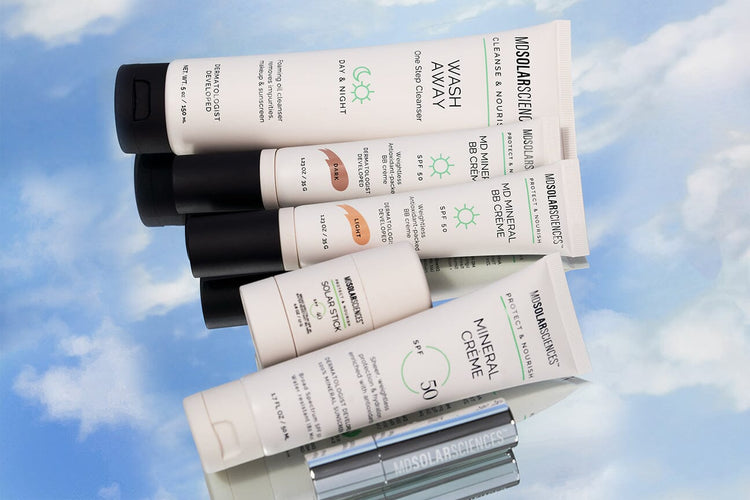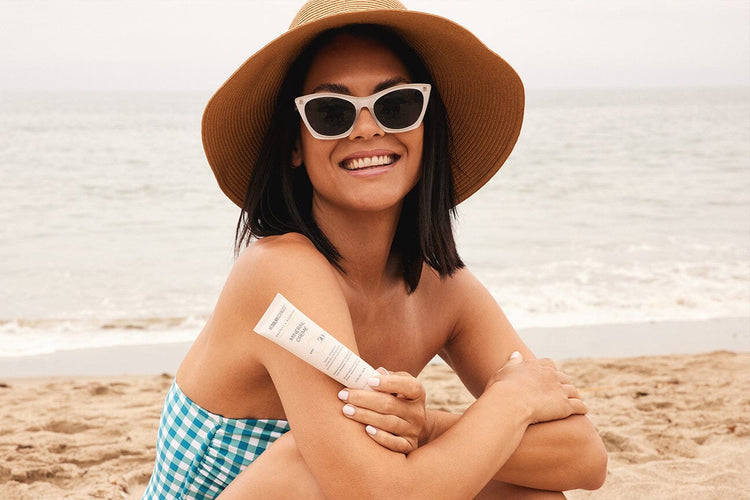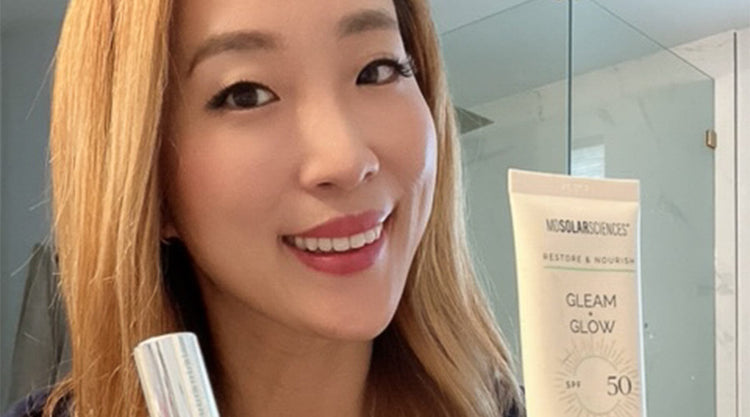Can I use the same SPF on face, body and lips?
All dermatologists recommend wearing sunscreen and reapplying it within a few hours to keep your skin protected from harmful sun rays. Beyond reapplication, it’s also important to think about the areas that often get forgotten… and which ones are the most important.
Our faces are definitely the most exposed parts of our bodies. They are at a higher risk of absorbing UV rays. If you haven’t checked out our other blog, ‘Different types of UV rays’, the rays that mostly contribute to the damage dealt to your skin are UVA and UVB rays. These rays contribute to the UV radiation being absorbed on your skin due to their penetration capabilities and may cause short-term and long-term damage to your skin ranging from sunburns to more serious consequences. Too much exposure to these UV rays causes premature aging such as dryer skin, fine lines, wrinkles, and impaired pigmentation. With that in mind, the skin on our lips is also very sensitive, more sensitive than you might think, making it prone to damage from sun exposure. That damage can gradually break down collagen and result in thinning, drying, and cracked lips.
So what can you do?
First of all, make sure you have your sunscreen handy. It's ok and safe to use 'Face' sunscreen on your body and vice versa.
A Body lotion with SPF will most likely include a hydrating component like Ceramides. Our Mineral Moisture Defense is formulated that way and will give you the extra hydration you might need on your body. It locks in moisture by helping the skin’s natural lipid barrier with a unique blend of Ceramides and humectants. You can also use it on your face, just keep in mind that it has that extra hydration component, which may be good if your skin is on the dryer side.
What about lips?
Your lips need more physical protection from the sun and the wind than the rest of the face. They also get wet throughout the day, and may be exposed to irritants. Our lip balm contains oil and waxes to ensure that the sun protection element stays on top of the lips to create a barrier against all those environmental stressors. The idea is to create a nourishing cushion that stays on top of the lips to prevent water loss (transepidermal water loss). Some of the oils and humectants get absorbed in the lips and help to keep them soft and supple, while the SPF stays on the surface and protects them from the sun, potential water loss and other environmental stressors.
Last but not least, as Dr Britt Craiglow pointed out in our 'Sunscreen for Kids' blog, make sure every area of exposed skin is covered with SPF. Think of the unusual areas like behind the ears, the neck, hands and feet of course. For those areas, our regular or tinted stick are great options for last minute or ‘on the go’ application/reapplication.
USING YOUR FSA/HSA DOLLARS TO BUY SPF:
Using sunscreen regularly may prevent skin cancer and decrease the effects of aging. Dermatologists generally recommend using a broad-spectrum sunscreen, meaning it covers both UVA and UVB rays. This is why Sunscreens that are SPF 15 and above and provide broad spectrum protection are covered under FSA/HSA dollars.
We recommend using a sunscreen with an SPF 30 or higher, and to wear it any time you're going outside, even during the winter or on a cloudy day!
Head over to FSAstore.com now before the December deadline to use your FSA/HSA dollars.




